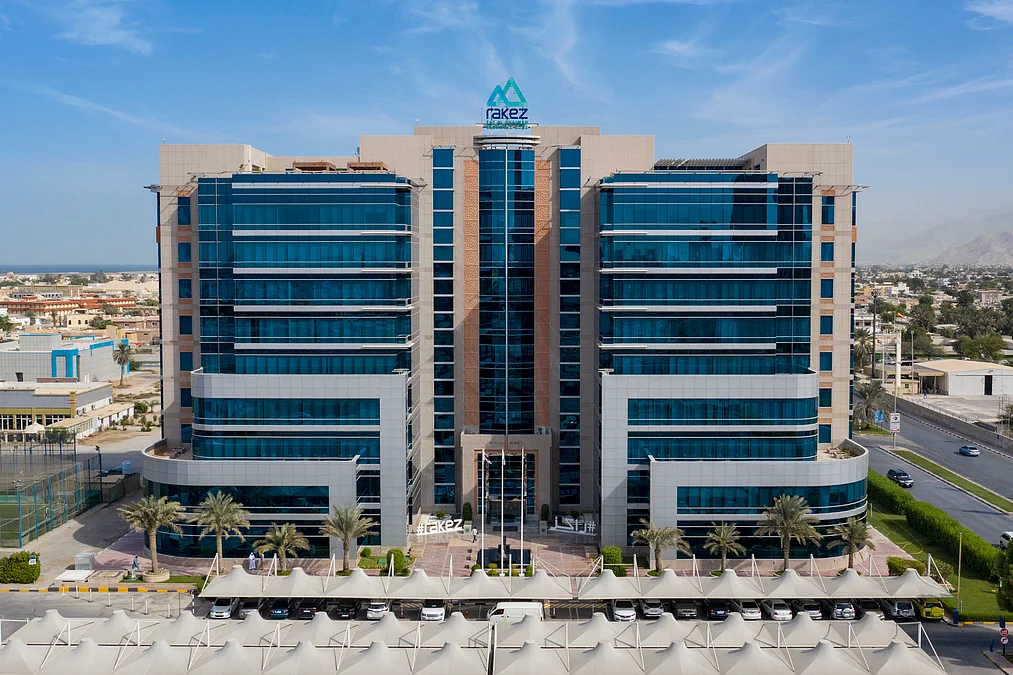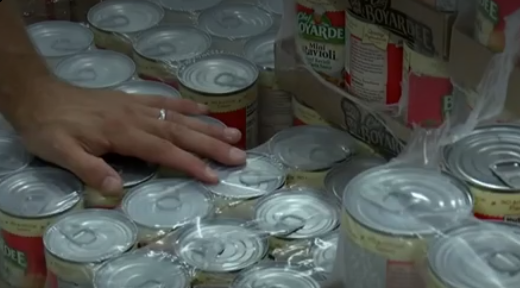Copyright jowhar

Smoke Over the Olive Groves: How a Single Evacuation Order Reopened Old Wounds in South Lebanon On a hot afternoon in southern Lebanon, a message on a smartphone changed everything. A map. Three red dots. A command to leave. By the time the smoke began to curl into the cerulean sky, families had already begun folding mattresses, stuffing small suitcases with bread and photos, and shepherding children and the elderly down narrow lanes toward the safety of the main road. The Israeli military posted evacuation notices on the social platform X at 3pm local time, identifying three buildings in Aita al-Jabal, Al-Tayyiba and Tayr Debba and ordering residents to stay at least 500 metres away. An hour later, aircraft struck. Thick, black plumes rose above the villages; the smell of burned wood and diesel drifted through the air. Lebanon’s civil defence poured into the lanes, helping people onto buses and into cars. Health authorities had not yet tallied the full toll by evening; the ministry had earlier confirmed that separate strikes that day killed one person. On the Ground: Small Actions, Big Fear “I grabbed my mother’s scarf and my son’s shoes,” said Fadi, a shopkeeper from Tayr Debba, standing where his grocery was once painted blue. “We left everything else. You can rebuild a shop, but not a body.” His voice was flat; the kind that comes when someone has rehearsed shock until it becomes routine. A volunteer with the civil defence, Amal, described the evacuation as efficient but wrenching. “We moved entire households in less than an hour,” she said. “Old women, toddlers, the dog. People thanked us, but I saw a man return to pick up his grandfather’s cane and cry like a child.” Her hands were still smudged with soot. Residents here speak of a repeated humiliation: to be told to flee, to watch dust fill the air where their olive trees had stood for generations, then to return home to count what’s left. The villages named in the notification sit along the contours of the Blue Line—the United Nations-drawn boundary that has long been a seam of tension—and their terraces and citrus groves breathe a different kind of life and fear into the landscape. Voices from the Capital and the Border In Jerusalem, government spokesperson Shosh Bedrosian told reporters that Israel would “continue to defend all of its borders” and pressed for strict enforcement of the ceasefire agreed a year earlier. “We will not allow Hezbollah to rearm and rebuild the capabilities that were reduced in 2023–24,” she said, summarising the security rationale driving these limited yet dramatic strikes. Hezbollah, for its part, reiterated its public commitment to the ceasefire while cautioning that it retains a “legitimate right” to resist. Since the truce came into force roughly a year ago, the group has largely refrained from cross-border fire, even as the Lebanese army has spent months conducting operations to clear suspected arms depots from the south—a process that Lebanon’s cabinet was reviewing the same afternoon an army commander, Rodolphe Haykal, updated ministers on the progress. “We are trying to restore state authority in areas where non-state holdings were found,” a Lebanese official said anonymously. “It’s messy. You cannot untie a knot without pulling at threads that go far up the political rope.” Why the Evacuation—Why Now? Why did Israel single out these buildings with an evacuation flag before striking? Officials argue the warnings are an effort to reduce civilian casualties while hitting military targets. Avichay Adraee, who frequently posts operational notices, shared maps and guidance to the public, underscoring that these were specific, calibrated actions, not the indiscriminate bombardments of past years. But context is everything. The ceasefire that stilled a more than yearlong round of fighting in 2023–24 left deep wounds: human losses measured in the thousands—the death toll in Lebanon’s recent cross-border violence and wartime scores passed an estimated 4,000 people—and landscapes disrupted, economies drained, and lines of political authority blurred. New strikes, even when limited, risk undoing fragile gains. They also test how much trust remains in the mechanisms meant to enforce the truce—UNIFIL patrols, bilateral understandings, and the Lebanese army’s own efforts to assert control. At the Edge of Escalation Observers say these kinds of operations live in an uncomfortable middle ground: precise enough to send a message, ambiguous enough to invite miscalculation. “What we see is a contest over thresholds,” explained Dr. Lina Hashim, a Beirut-based analyst who studies militias and state capacity. “Israel wants to prevent rearmament. Hezbollah wants to preserve deterrence. The Lebanese state is trying, often precariously, to exercise authority. Each action rests on assumptions about how the other side will respond.” Those assumptions matter. In conflicts marked by asymmetry—state militaries versus well-armed non-state actors—operations that aim to be targeted can still collide with civilian life. Evacuations mitigate harm, yes, but they also underscore the tenuous line between securing a border and perpetuating displacement. What This Means for People—and for the Region For the towns along the southern strip, life is a series of contingency plans: when to close a shop, where to store elder family members, how to secure documents and livestock. For fishermen in Tyre, whose boats skim the same Mediterranean that has fed families for generations, each flare of conflict shrinks a workspace that was never abundant to begin with. “We are tired of being part of someone else’s argument,” said Layla, a schoolteacher who fled for a second time this month. “There are children in my classroom who ask me if the sky will fall. How do you tell a child the world is safe when the sky keeps sending messages otherwise?” Beyond the borders of Lebanon and Israel, the incident reverberates through regional diplomacy. Iran’s influence over Hezbollah, the United States’ security commitments to Israel, and the European Union’s interest in Mediterranean stability all converge when calm frays. The international community’s ability to enforce ceasefires, fund reconstruction, and back political solutions is being tested anew. Paths Forward: Enforcement, Empathy, and the Hard Work of Rebuilding Trust No easy fix exists. Greater transparency around military targets, stronger mechanisms for civilian protection, and sustained diplomatic pressure to keep channels open could lower the temperature. So could a bolder approach to the southern border—one that supports the Lebanese state in exercising legitimate, accountable control while shielding civilians from the ripple effects of security operations. But technical solutions aren’t enough. People here want dignity: jobs, schools that don’t shutter with every siren, and the ability to harvest olives without fear. They want their leaders to prove that the state can protect them without turning their towns into battlefields by proxy. As night settled on the villages, small generators hummed in living rooms turned into temporary shelters. Children colored in the margins of hastily distributed notebooks. Neighbours shared nuts and tea. Against a backdrop of geopolitical chess, ordinary lives quietly insisted on moving forward. What would you do if a map told you to leave your home for an hour, a day, or forever? In moments like these, the question is not only tactical. It is moral. And until the region addresses both the ammunition and the anxieties that fuel it, the smoke will keep returning to the same sky.



